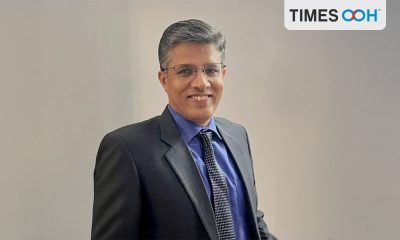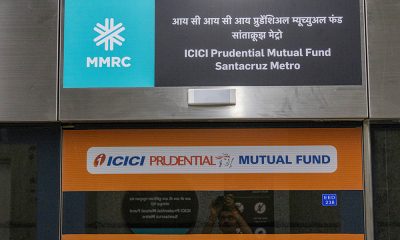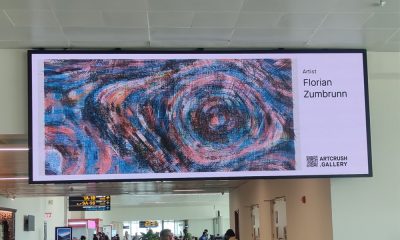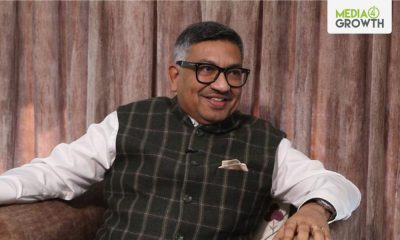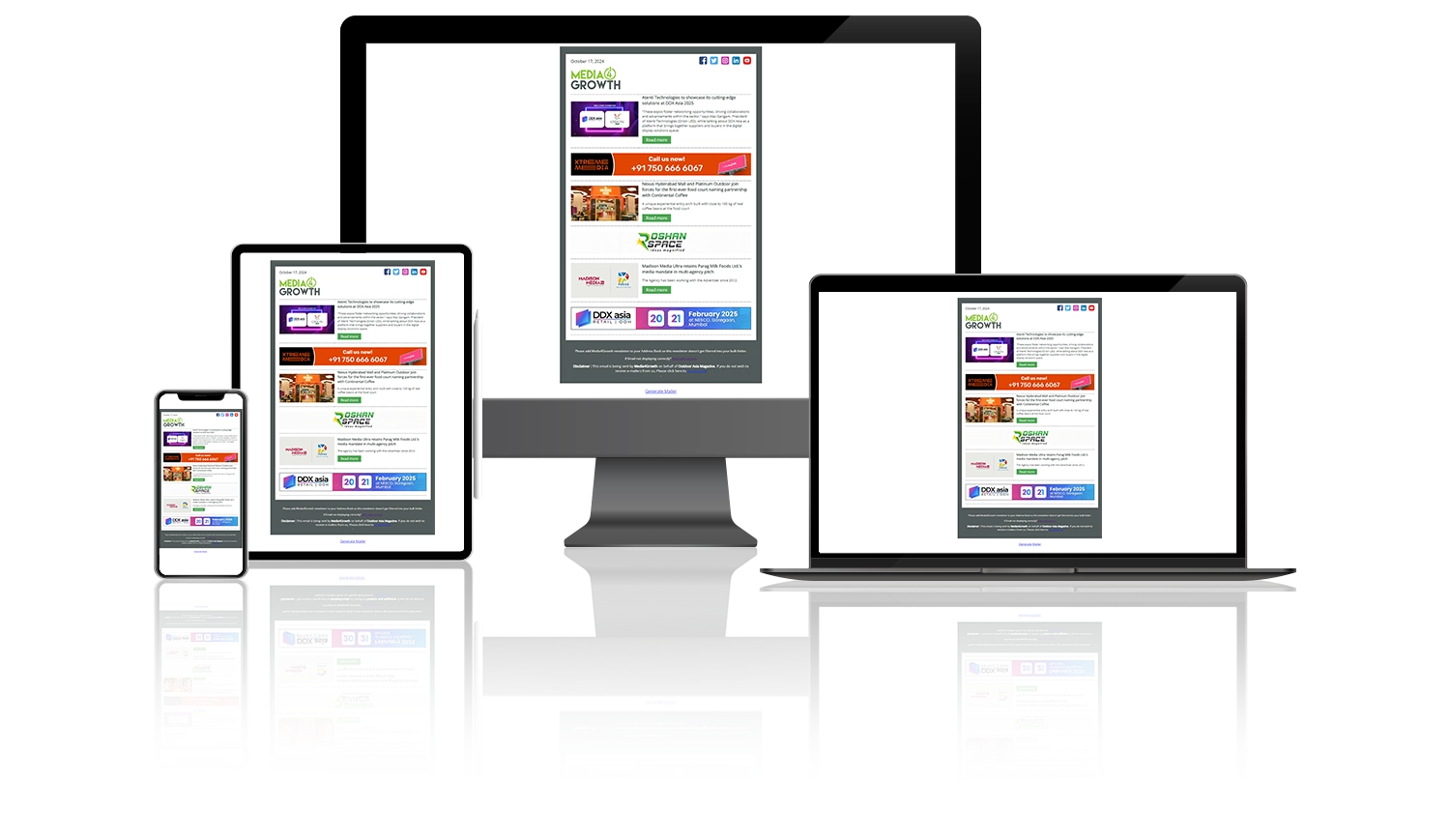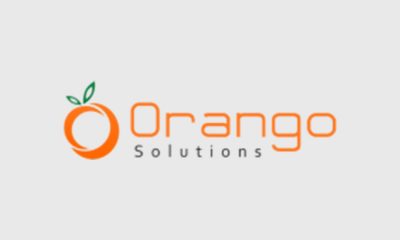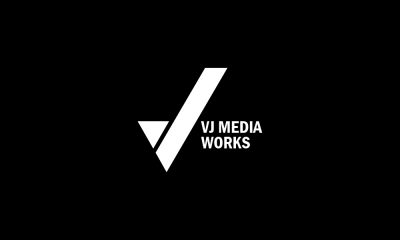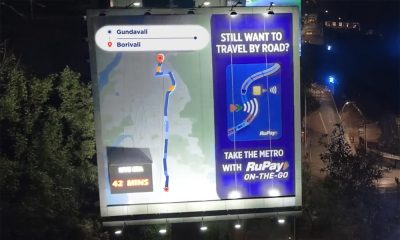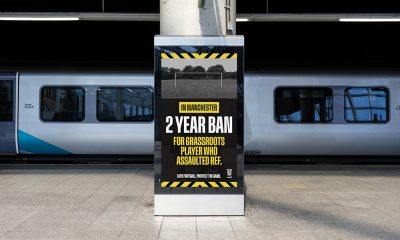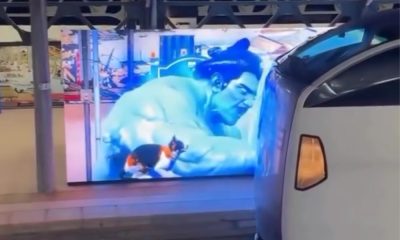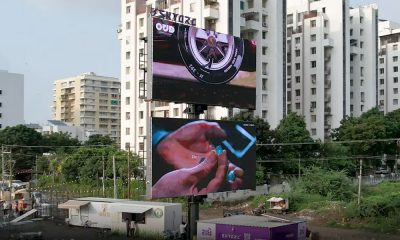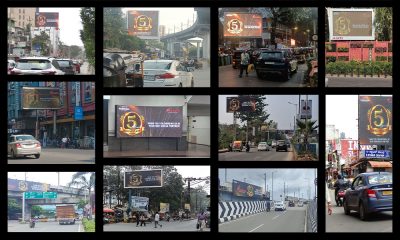Audience Data & Measurement
Digital OOH: What ails it?
Digital as a buzz word has been doing the rounds for quite a while now in the OOH industry. And yet it has failed to take off in any meaningful way. Why? Outdoor Asia probes the different aspects and gets a discussion going . Read on
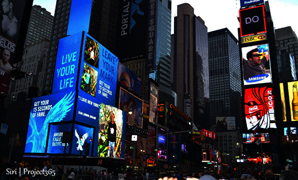 To begin with, what is digital? Digital implies a dynamic promo networked across different platforms to engage with the target audience. In India though, the commonly held perception is that of an electronic display with some dynamic elements.
To begin with, what is digital? Digital implies a dynamic promo networked across different platforms to engage with the target audience. In India though, the commonly held perception is that of an electronic display with some dynamic elements.
Internationally, the Digital Out-of-Home (DOOH) has been a landmark for transforming the entire Out-of-Home advertising industry especially in countries like China and US. Many reports suggest a healthy growth for this medium with TVs in gas stations being an important being one of the fastest growing segments within this media in countries such as US.
When it comes to India, the expectations were suddenly upbeat about this medium and the Indian OOH industry was hoping DOOH to be a totally game changer with much more engagement techniques, aesthetics, accountability and definitely an increase in revenue. However, the reality reflects a contradictory situation, as rather than taking the industry ahead, the DOOH seems mired in any difficulties. According to the Global Digital Handbook Philosophy released by Kinetic in China, the total Digital OOH percentage of the whole OOH industry there is 36.0% and in US, it is 19.0% but in India, the Digital OOH is merely 4.3% of the entire industry.
Well to go back into the digital experiences in India, the DOOH launch did seem bright enough initially and some of the media owners started investing and different formats started making their presence at locations like Malls, Airports, Delhi Metro, Commercial buildings and many more. But out of all, only Airport survived the new kind of media and at rest of the places, digital screens became static billboard and the media owners also started becoming skeptical. The industry’s several stakeholders have their own views on the failure, but what exactly went wrong? Let’s hear it from the industry:
Reasons for failure
Here’s what some professionals engaged with the industry one way or the other had to say about the reasons for the slow growth in the medium. 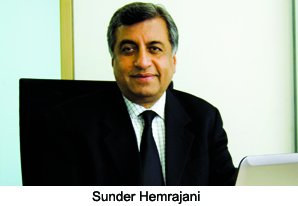 Sunder Hemrajani, MD, Times OOH
Sunder Hemrajani, MD, Times OOH
Our digital story began in 2006-07 when we got two airports. We imported digital units i.e. LEDs from Taiwan. We installed LEDs at Mumbai airport– one inside and one outside, one on DND and one at Sahara Mall in Gurgaon. The Sahara Mall LED faced regulatory issues and had to be shut down. The LEDs placed in Mumbai were monetized; but fundamentally we didn’t get the content right.
The clients were asking us to run the TVC on digital. LED is a mute medium so we can’t run a TVC on digital. The client didn’t have a separate creative which would facilitate creation of content for digitals. So that whole venture failed because the model wasn’t right. Eventually the Mumbai LEDs too were shut down and we realized we would earn more revenue if we converted them into static. So that was our first phase of experience, but we learnt a lot of lessons.
Bitan Roy, MD, Eden Media
“The root cause of failure in DOOH in India is the lack of consumer’s appetite towards innovative and new mediums since in most parts of the country consumers are not that keen and open towards changes, especially when it comes to modernization. Moreover, there are companies that began being constrained with their spending in advertisements and they made sure that they were spending the money effectively.
Atin Gupta, Founder-Promoter and Chairman, Atin OOH
“The reasons are the lack of measurement and authentication methods. Trust is a big issue in India.
Ajay Arora, Co-Founder, Blue Ocean Media
“When it comes to new things or products, they either take time with acceptability or they hit like a storm, there are no two ways. I think with digital the acceptability is taking time but it is definitely going to be acceptable by the advertisers and people.
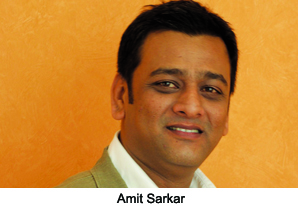 Amit Sarkar, COO, Kinetic India
Amit Sarkar, COO, Kinetic India
“I would not write it off as a failure. Digital is the future of OOH, and is still in a nascent stage in India. It needs a lot of fine tuning and the system has to be dynamic for brands to trust the medium and start investing in it. We need to get the content right / have a dynamic network to support consumer experience at multiple touch points /position it independently and not get comparative.
Mandeep Malhotra, President, DDB MudraMax
“The first reason is that not many players have really gone ahead with full energy for the dynamic OOH opportunity. When I say dynamic, I don’t think digital is the right word for what my understanding of Indian outdoor’s market expectation is. To me, it is an electronic billboard rather than a digital OOH which implies networking on various social platforms as well. So now I will comment on electronic billboard which has some sort of dynamic nature. I think the first problem this business has faced is to do with high ethics. In India we are used to becoming a media owner at the cost of Rs 25,000 rupees and that is the entry barrier if anyone wants to become a media owner. The second restriction is that there is not enough passion from media owners/investors to convince the corporation. Though in a closed environment, electronic or to some extent digital OOH has been used in India, in the true sense of outdoor, the corporation councils haven’t been convinced hard enough. All these authorities believe digital is hazardous. Brands’ spend availability has increased which is a positive sign, but due to restrictions they are holding back their investments.
No Talent for DOOH?
The right talent is crucial for any new medium to grow. When it comes to DOOH, how critical is the issue of finding the right talent?
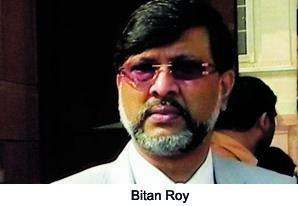 Bitan Roy:
Bitan Roy:
“It’s not always lack of talent when it comes to Indian market because we have already produced finest examples of talents in the global market. I believe to a greater extent, the economic hurdles and set back are causative factor here.
Mandeep Malhotra:
“I think there is enough talent. It is a chicken and egg story; both the seller and buyer need to have that aptitude to understand buying time slots over regular static medium. Talent does exist; it is just that we haven’t scouted for the right talent. We are working on the same cocoon of people. We always believe in hiring people from non industry background. I have seen success stories coming out of that. The other sad part is we don’t train our people. We don’t equip them with enough armories to go and fight. It is just finding a right talent and grooming.
Amit Sarkar:
“The media functionality is sorted-selling will not remain a challenge. The media owners have to train their team to sell the media as this cannot be completely sold as a digital media or an OOH media, it’s a marriage of both and needs a different approach definitely.
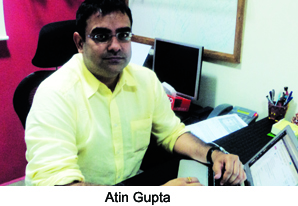 Atin Gupta:
Atin Gupta:
“We don’t have the talent to sell and in a lot of cases the talent buying this media does not understand it. It’s much easier to sell traditional media and close a campaign in 30 min than sit with a client for hours trying to come up with a comprehensive campaign for digital.
Sunder Hemrajani:
“Absolutely, we couldn’t find any trainer in India who could bring insights into selling digital OOH. So, we bought Tom Green to train our employees which was an investment in the future. If you invest in hardware and software and if you don’t invest in talent then all investment would go waste.
The Way Forward
So what is the way ahead in terms of efforts that are needed to be taken to facilitate the growth of the digital medium? Here’s what they had to say…
Bitan Roy:
“Strategic marketing amalgamated with structured thinking about real objective of the campaign that is to be met with DOOH is needed. Also, we need to introduce larger format of digital / LED media to an extent that we come across in say Times Square, NY in order to invigorate its optimal usage in India. We OOH companies should understand the demographic profile and audience reach across our locations before we plan for the growth of digital media. OOH agencies should convince their clients to indulge in at least one digital medium in any of their important campaigns. They should vigorously market the digital media in order to encourage its healthier evolution by 2015 nationwide.
 Atin Gupta:
Atin Gupta:
“Certain leading brands need to take the initiative and come up with content that is suitable for digital media. Once they see success, the rest will follow.
Ajay Arora:
“I don’t think we need to start again. I think we just have to try a few things, get new technologies and set it up. And then we should see the advertisers’ response.
Sunder Hemrajani:
“Media owners should exercise self discipline, let’s follow a concept where we don’t create cluttered environment which invites regulation. And, let’s create media plans which are relevant to customers. Let’s control the supply so the pricing goes up. This will work for everyone including authorities, media owners and clients. The most important thing is to follow a non-commodity route. It is easy to drop pricing, but let’s find a way of driving revenue through a non-price route. We should look at the industry rather than just at ourselves. We should do things which are good for the industry overall.
Amit Sarkar:
“I think that agencies need to make the clients experience the richness of digital media, and this can only be achieved by experience and post campaign evaluation. Courage to experiment and evolve through learning is KEY. In my opinion the approach and expectations from the media has to be set right and once the brand custodians taste the success of this media, there is no looking back. Digital is the in OOH.
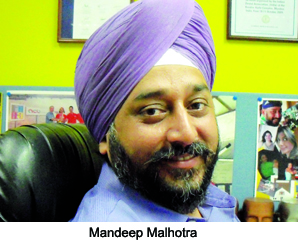 Mandeep Malhotra:
Mandeep Malhotra:
“We have been hitting our heads on rock for a decade and a half. I don’t remember one unanimous push by all stakeholders i.e. brands, agencies, media owners for putting a forum together and talking to authorities as a single body. To me the day this happens, the OOH industry will evolve into a level-2 industry, then you will see the OOH version 2.0. We have the ability, the infrastructure is available, and investors are ready, but it has to be about’WE’. The day it becomes’WE’ and we all reach out to the authorities together, then certainly we will be able to do it.
Summing up
Well, we have the reasons, we have the ideas to move ahead …so what can stop us from pushing the medium? Only a mindset. We need the right mindset that reflects a passion and strong intent to help trigger the industry’s growth. More importantly, we need to look beyond short term gains and look at the industry’s growth because a growth in digital is ultimately about a growth for the OOH industry. This is the only way all the stakeholders can gain.
-

 Creative Concepts
Creative ConceptsDisney’s Percy Jackson season 2 makes splash with 4D billboard activation
-
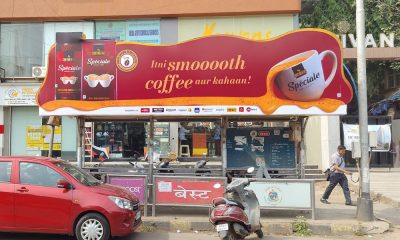
 Campaigns
CampaignsContinental Coffee Speciale unleashes sensory OOH blitz in Mumbai
-

 Creative Concepts
Creative ConceptsNetflix turns commute into the upside down with Stranger Things
-

 Brand Insights
Brand Insights“OOH allows us to meet consumers in their physical journey”
